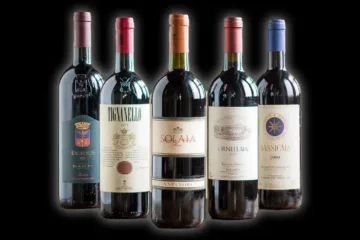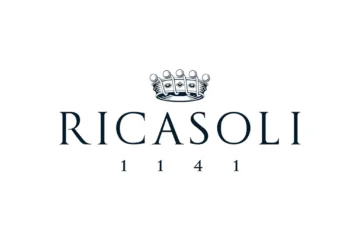Nowadays, more and more wineries are turning to responsible viticulture. The two notions mainly discussed are Alternative Viticulture and Sustainable Viticulture. Confusingly, they are very often used as synonyms. While they share many common traits and realities, at their heart, these viticultural approaches are different.
Alternative Viticulture: what is it?
Alternative viticulture gathers all forms of viticultural practice such as Nature, Integrated, Organic, Biodynamic… viticultures which tend to minimize environmental degradation but not solely.
Alternative Viticulture defines production systems that move away from conventional viticulture. The rediscovery of these production systems is based on many agroecological concepts. These systems aspire to achieve sustainable yields while enhancing all the resources of agroecosystems.
All the different types of alternative viticulture share common values. Indeed, their founding principles were designed to preserve the environment and more particularly the soil and water. They also seek to limit or even eliminate the use of phytosanitary products and mineral fertilizers, thanks to biological control and organic fertilizers and amendments respectively. They best respect natural cycles, for example by lengthening rotations, including plant cover or limiting tillage. Thus, through their vine growing and winemaking these systems tend to best adapt to their terroir.
This desire to be part of the territory is also reflected in certain social characteristics. Alternative agriculture is often associated with a better quality of life, an objective generally sought by people practicing it to fit into the local social environment and offer quality products (nutritional, low environmental impact, etc.).
While including these practices that respect the environment and people, it helps to ensure the efficiency and profit of farms by developing in particular short circuits, wine tourism, etc.

Sustainable Viticulture: what is it?
Sustainable viticulture is a practice that attempts to avoid any sort of environmental deterioration while retaining the vineyard’s economic viability.
It is defined by the University of California at Davis as: ‘the principle that we must meet the needs of the present without compromising the ability of future generations to meet their own needs’.
In practice, sustainable viticulture is used extensively and almost always falls short of ecological goals of total self-sufficiency.
Associated approaches are Integrated viticulture (Integrated Pest Management), as well as LISA (Low Input Sustainable Viticulture) and LEISA (Low External Input Sustainable Viticulture) programmes in North America and Australia.
Organic growers may claim to follow sustainable viticulture but nevertheless buy organic fertilizer or cover crop seed from a third party, resulting in the use of fossil fuels in transportation. Even in biodynamic winegrowing, where external inputs are kept to a minimum in order to establish self-sustaining vineyards, growers are invariably dependent on copper sulfate and sulfur dust. However copper sulfate does not degrade in the soil (or do so extremly slowly).
Sustainable Viticulture can encompass practices such as: working the vineyard without mechanization (to avoid the use of fossil energy), or, using renewable energy in the winery.

The difference between Alternative Viticulture and Sustainable viticulture
Alternative Viticulture can be seen as a mindset focused on offering alternatives to conventional viticulture, mainly driven by profit making.
Sustainable Viticulture, on the other hand, can be seen as a mindset focused on the preservation of the environment. It includes all activities directly or indirectly linked to winemaking and viticulture.
Both concepts share many common traits and are generally used interchangeably. However, they are really different.
Finally, we can consider in some ways that alternative viticulture has in its roots the desire to experimenting with new ways to do viticulture while sustainable viticulture is more focused on identifying and reducing environmental impacts. Therefore, we can consider that the key feature of alternative viticulture is experimentation while it is centered around impacts on the environment when it comes to sustainable viticulture.

Follow me on my Social Media
Wine is a gourmet treasure, do not abuse alcohol!
None of this content has been sponsored
I did not receive any gifts or free samples that could be related to this article


